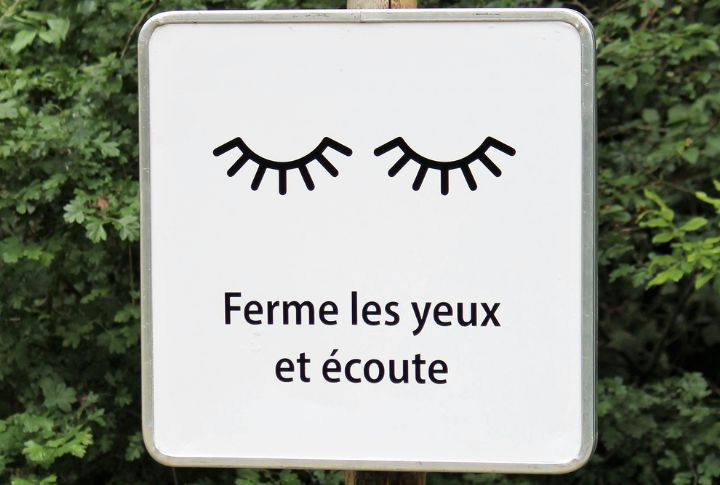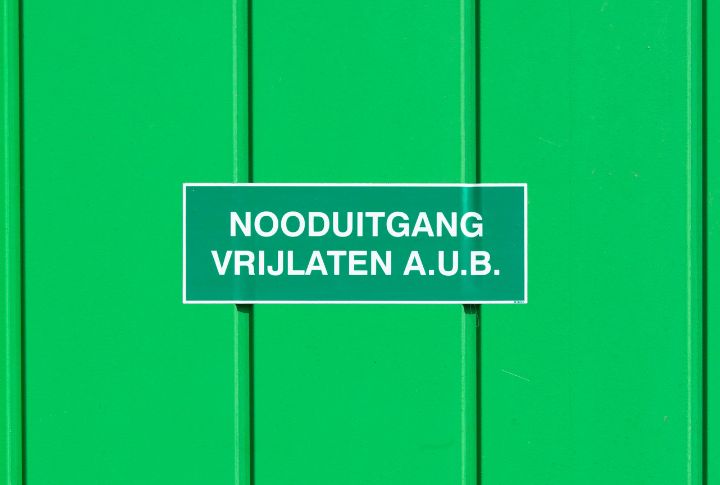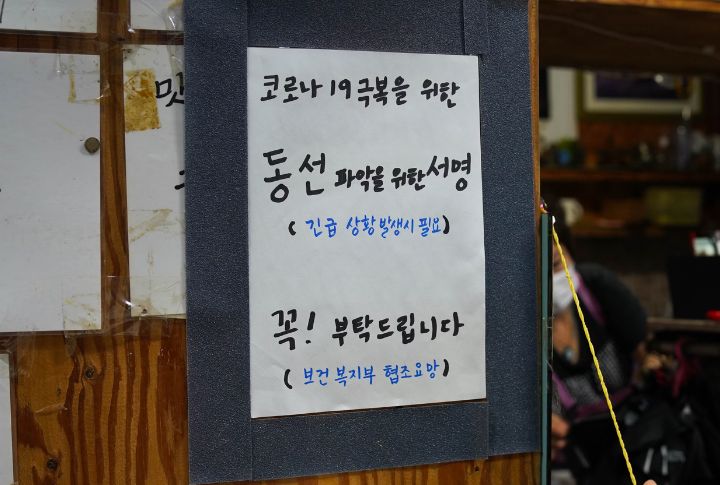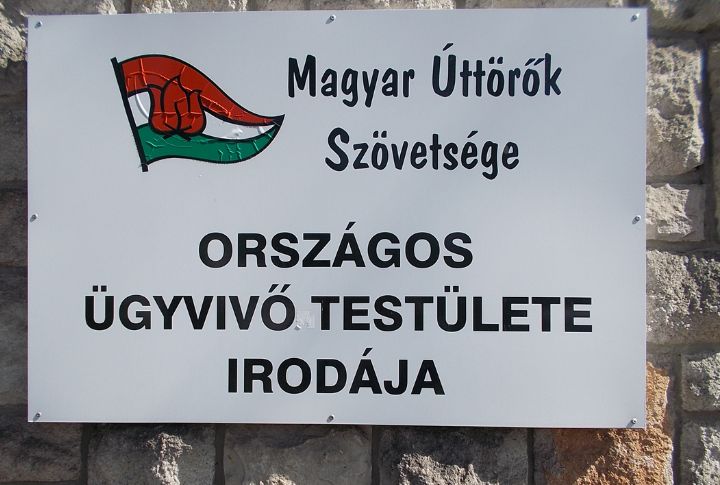
Some languages don’t play fair with beginners. Predictable rules and familiar words are common with some, but others challenge even the most dedicated learners. Rosetta Stone tapped FSI rankings to spotlight both ends of the learning spectrum. See where your target language falls—you might be closer to fluency than you think.
Spanish

Many words look and sound just like their English counterparts—think “color” or “animal.” With clear spelling-to-sound rules, pronunciation rarely causes new learners to stumble. According to FSI, around 600–750 study hours can lead to fluency. It’s no surprise that it’s often ranked among the most approachable languages for English speakers.
French

Why does French still pose challenges despite its overlap with English vocabulary? Because nasal sounds and gendered nouns require focused practice. That said, its consistent verb structures help build confidence. FSI clocks it at 750 hours for proficiency, and millions of learners still consider it a timeless favorite.
Italian

Rhythm and clarity define this lyrical language. Italian flows with predictable phonetics and shares hundreds of cognates with English, like “universita” or “musica.” It takes roughly 600–750 hours to learn, as per FSI. The real charm lies in how its expressive nature turns everyday speech into something almost theatrical.
German

The grammar might be intimidating at first glance—cases, genders, pronunciations, and compound words abound. But beneath the surface, German reveals a system rooted in logic and order. Words like “Haus” and “Wasser” feel oddly familiar, but with steady progress, many learners reach working proficiency in about 750 hours.
Dutch

Few realize just how much Dutch sounds like a linguistic cousin to English. It borrows heavily in both vocabulary and sentence structure. Although some vowel sounds take practice, learners typically adjust quickly. FSI estimates just 600 hours to become proficient, which makes it one of Europe’s more accessible second-language options.
Mandarin

Tones define meaning—say “ma” four ways, and you’ll get four different words. Unlike alphabet-based languages, Mandarin uses thousands of characters instead. This dual challenge earns it a Category IV rating from FSI, requiring learners to complete around 2,200 hours. Despite the demands, many relish the visual and tonal depth it provides.
Arabic

FSI recommends at least 2,200 hours of dedicated study to progress meaningfully in this language. Why? Imagine reading from right to left while adjusting to sounds you’ve never spoken before. Arabic script is only the beginning—its rich dialectical diversity adds further layers. Mastering this language requires finding your way through a wide range of formal and colloquial forms.
Japanese

Three writing systems—Hiragana, Katakana, and Kanji—intertwine in daily use. Add cultural formality levels and shifting verb structures, and you’ve got a serious challenge. The FSI places Japanese among the hardest choices, as it requires around 2,200 hours of study. Learners usually say it’s a marathon, though a rewarding one.
Korean

Hangul, the alphabet, was scientifically designed to be simple, yet that’s only the beginning. Grammar flips word order, and politeness levels shift verb endings constantly. Even with its accessible writing system, Korean lands in FSI’s toughest category. Mastery typically requires 2,200 hours, but its structure has a unique, satisfying logic once it is grasped.
Hungarian

Eighteen grammatical cases shape sentence structure in ways English never explores. Unlike Romance or Germanic languages, Hungarian shares few cognates, increasing the vocabulary load. FSI ranks it as Category III, estimating 1,100 hours of work. While its logic is internally consistent, learners do feel they’re stepping into an entirely new language universe.

